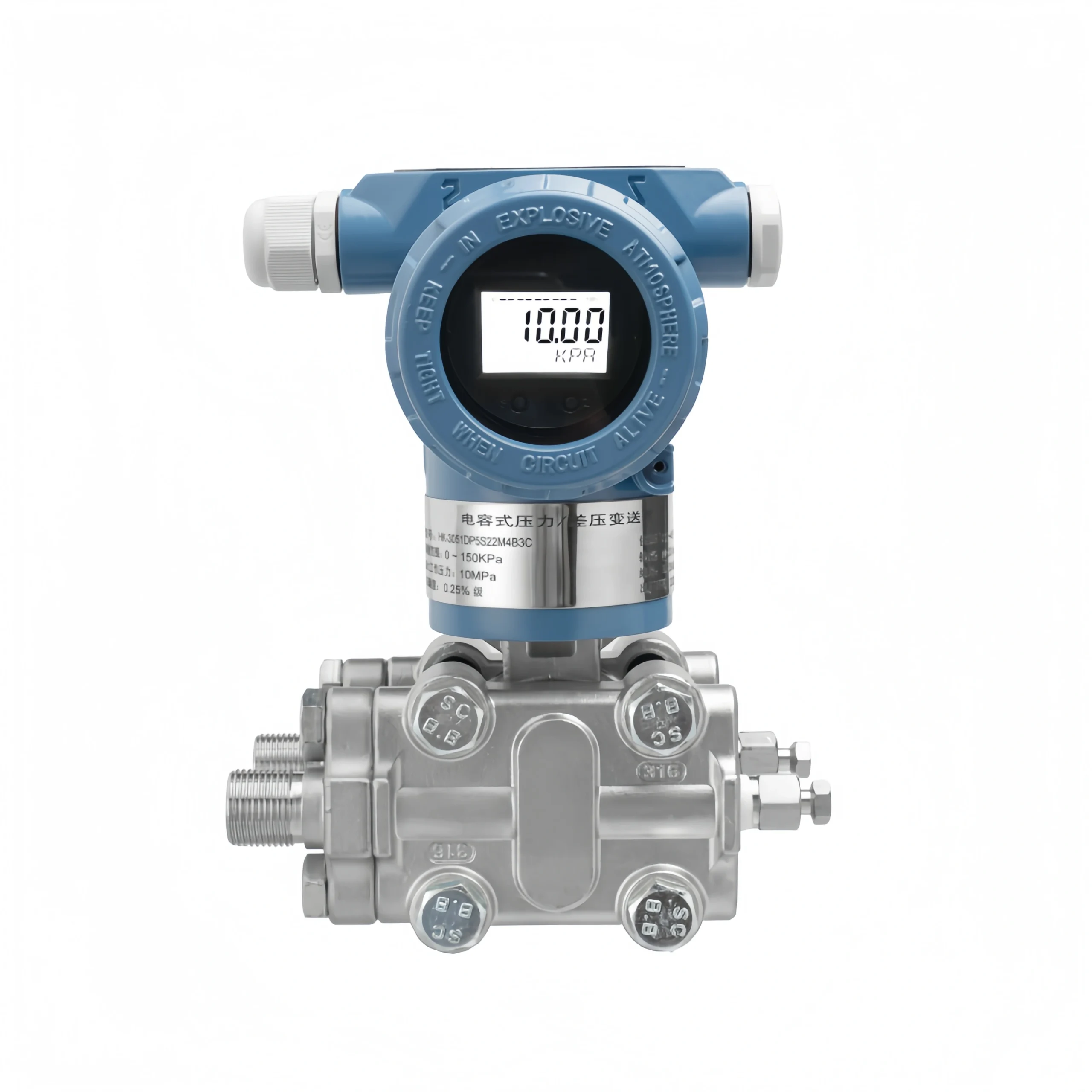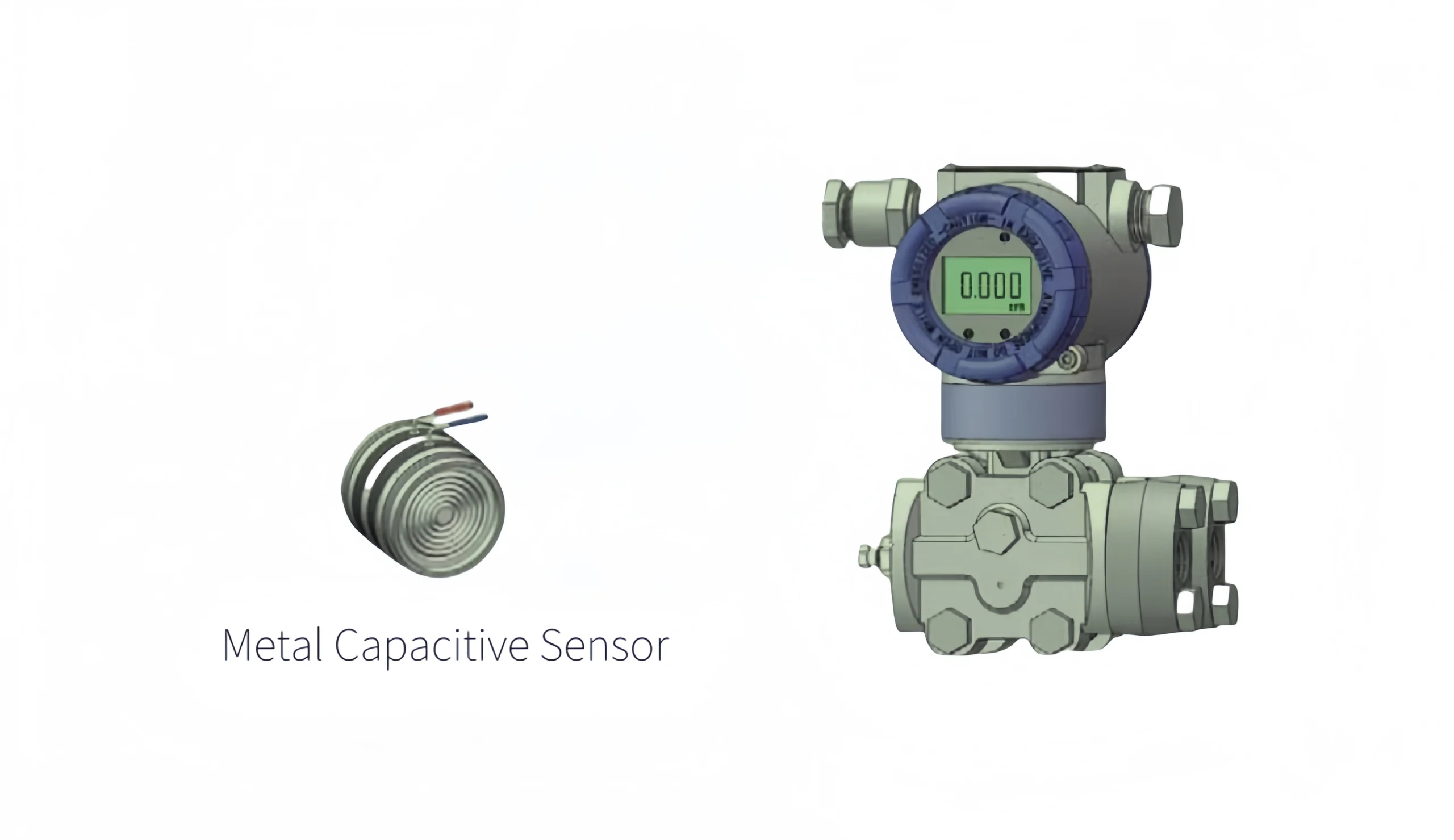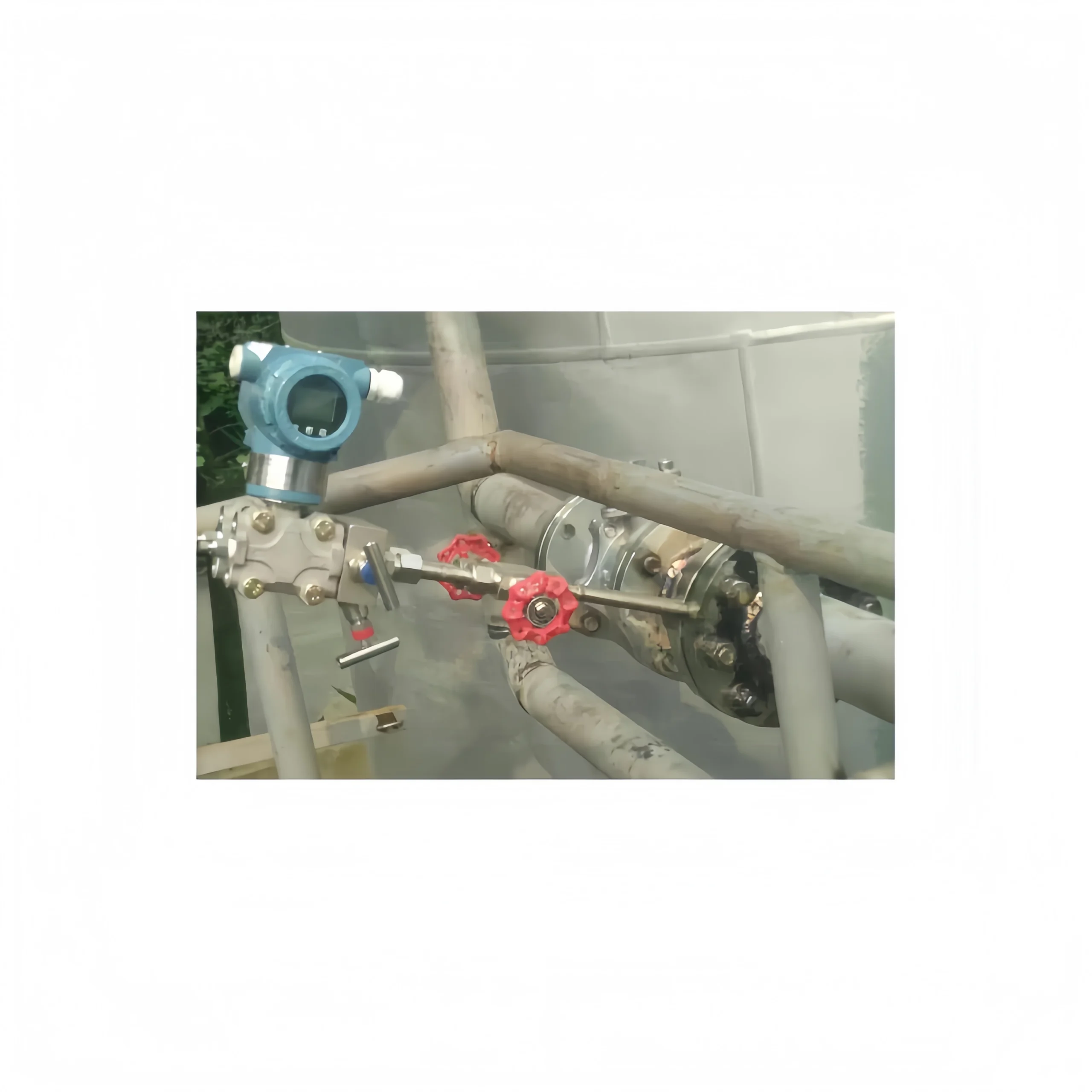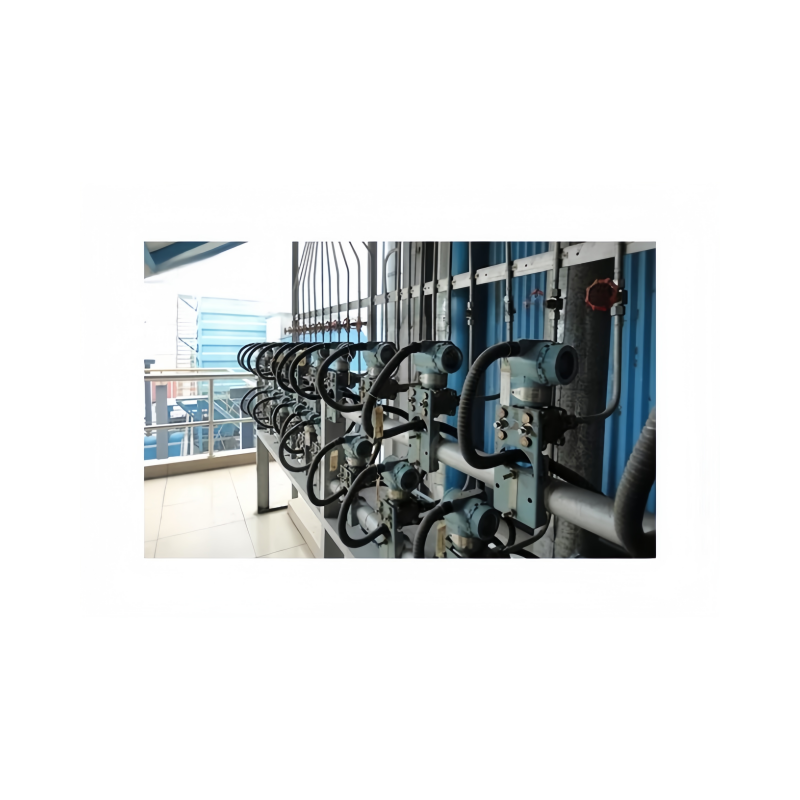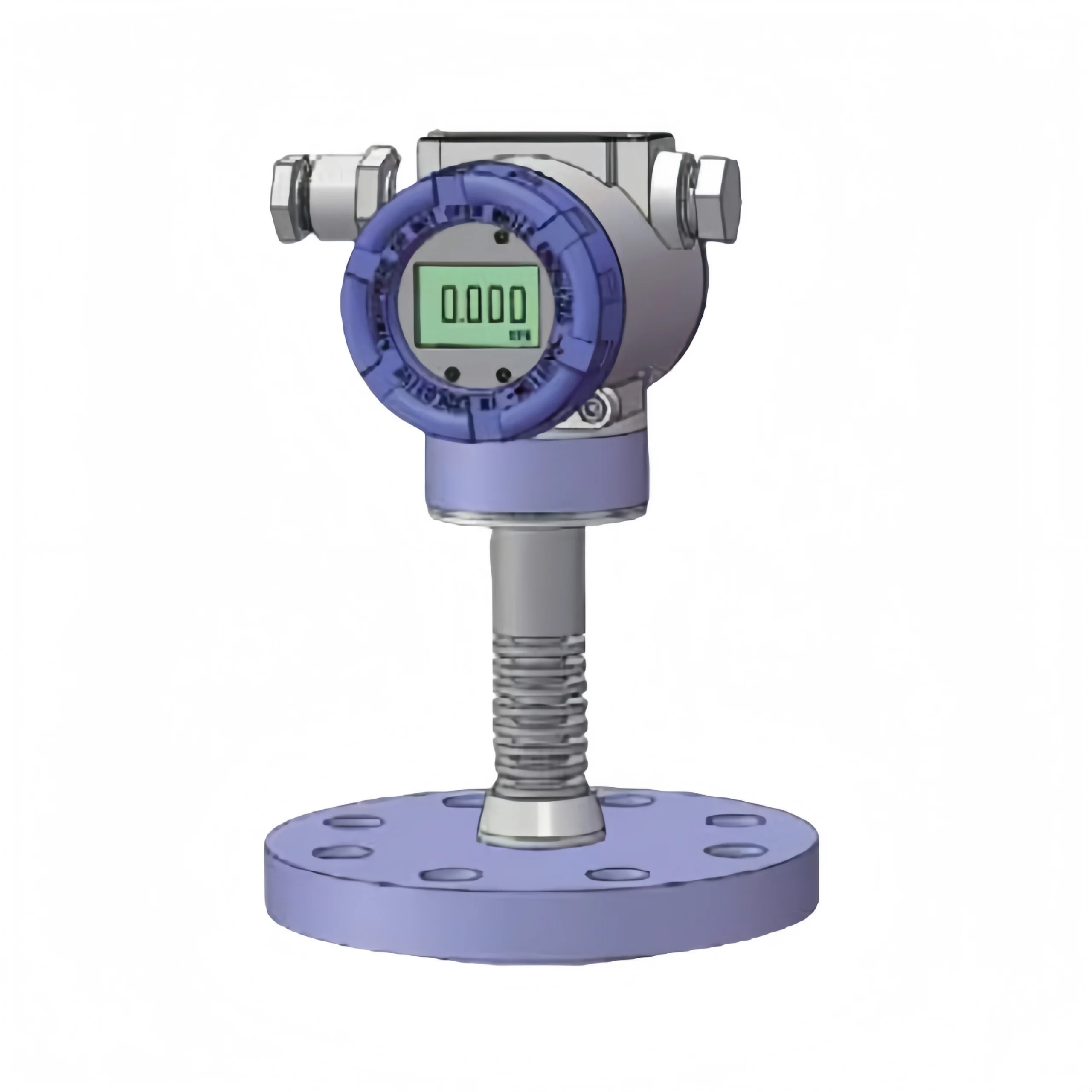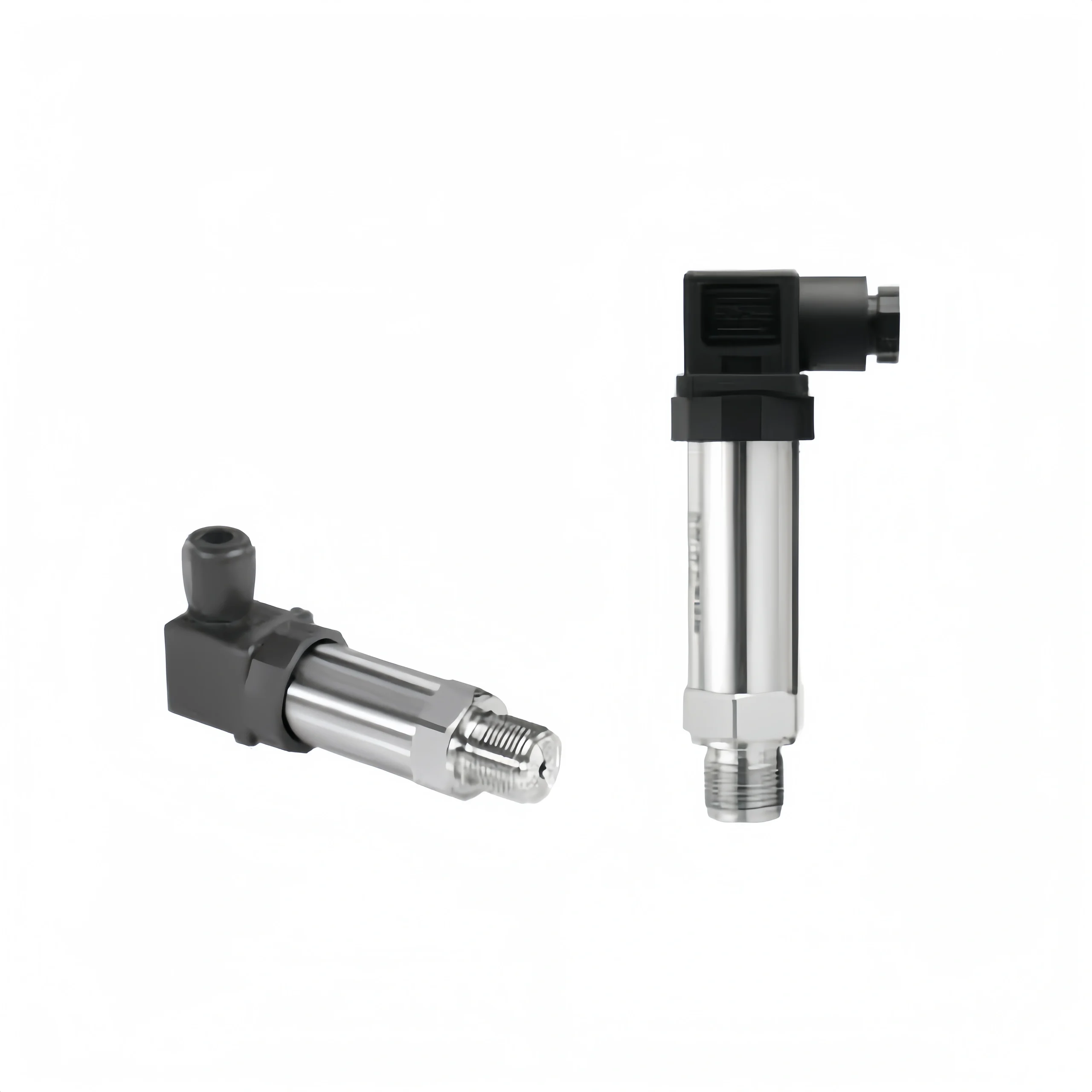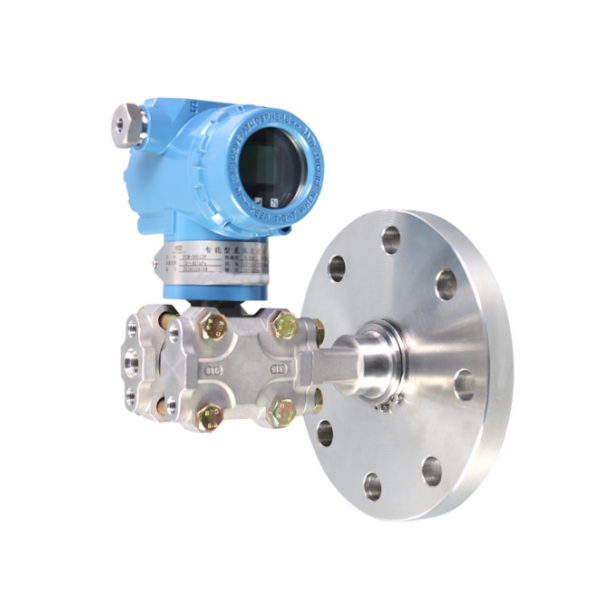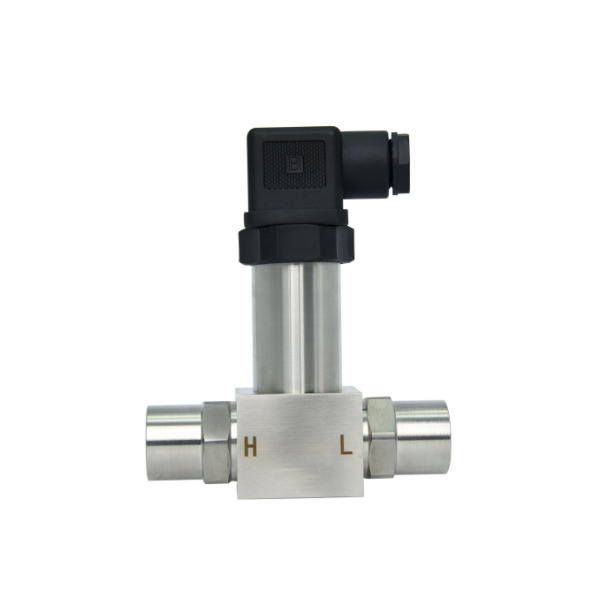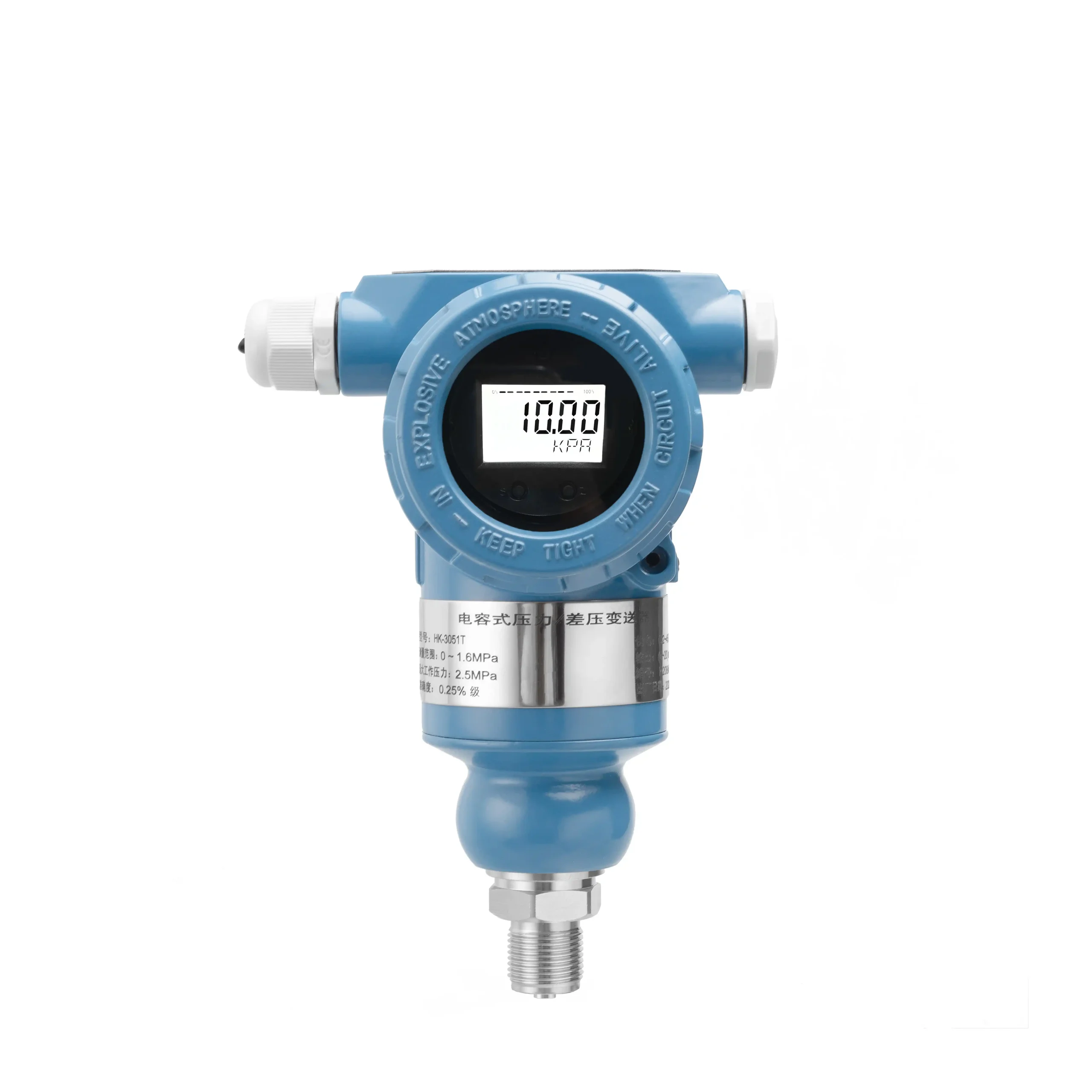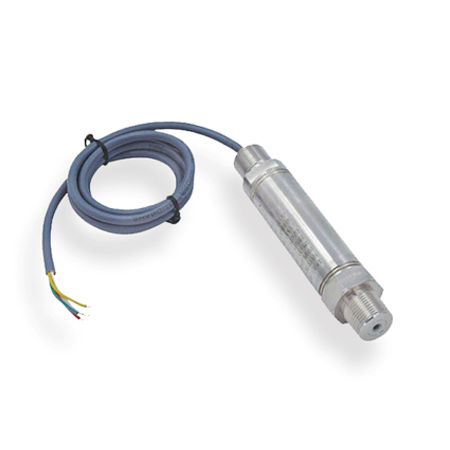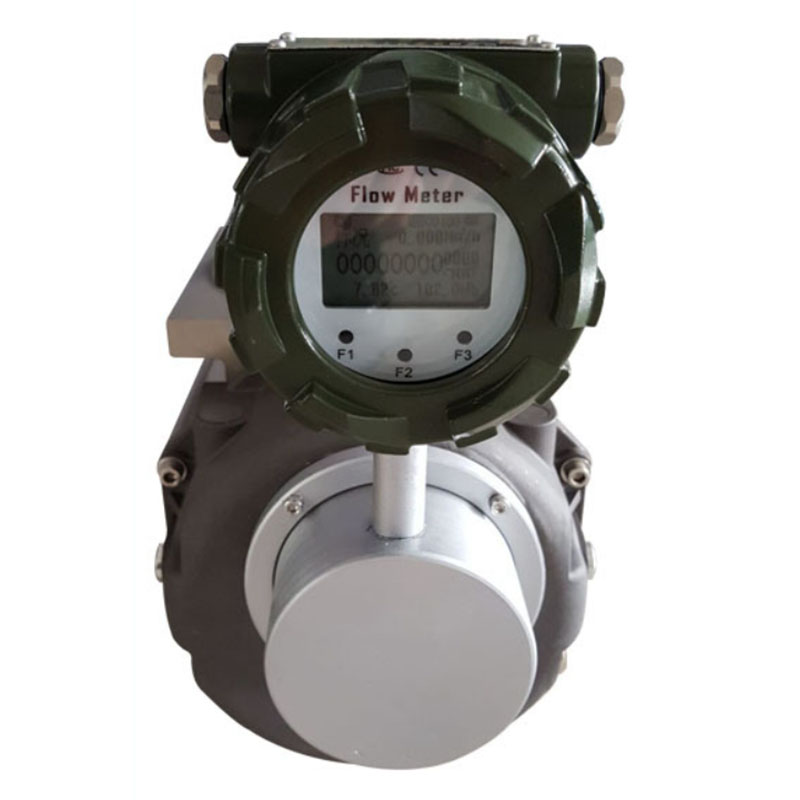What is a Capacitive Differential Pressure Transmitter?
Capacitive differential pressure transmitter is a sensor device used in industrial automation control systems. It is used to measure the differential pressure of fluid media. Its function is to convert pressure signals into standard signal outputs. It can monitor and control parameters such as flow, liquid level or pressure of fluid systems. A capacitive differential pressure transmitter measures the pressure difference between the two ends of the pipeline or between different media inside and outside. It is widely used in industrial process control.
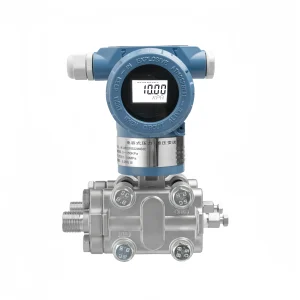
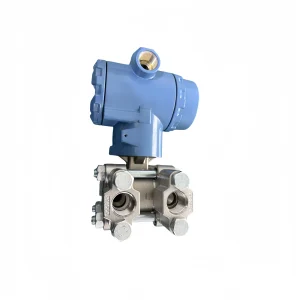
Working Principle of Capacitive Pressure Transmitter
A capacitive differential pressure transmitter is a sensor that uses the principle of capacitance effect to measure fluid pressure difference. It is mainly composed of two sets of parallel plate capacitors. The fluid medium affects the capacitance value between the electrodes under different pressures, thereby achieving accurate measurement of the pressure difference.
The working principle of the capacitive differential pressure transmitter is based on the capacitance effect.
Capacitance effect: Capacitance is a measure of the ability to store charge. Capacitance is proportional to the distance between two conductors and the mutual area. When the fluid applies pressure, it changes the distance or relative position between the two electrodes. Thereby affecting the capacitance value.
Capacitance measurement: Using a capacitive sensor to measure the change in capacitance value can reflect the pressure difference in the fluid medium. The pressure difference is then converted into a corresponding electrical signal output.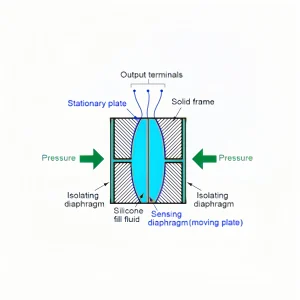
Read More About: Differential Pressure Transmitter Output Model: 4- 20mA


